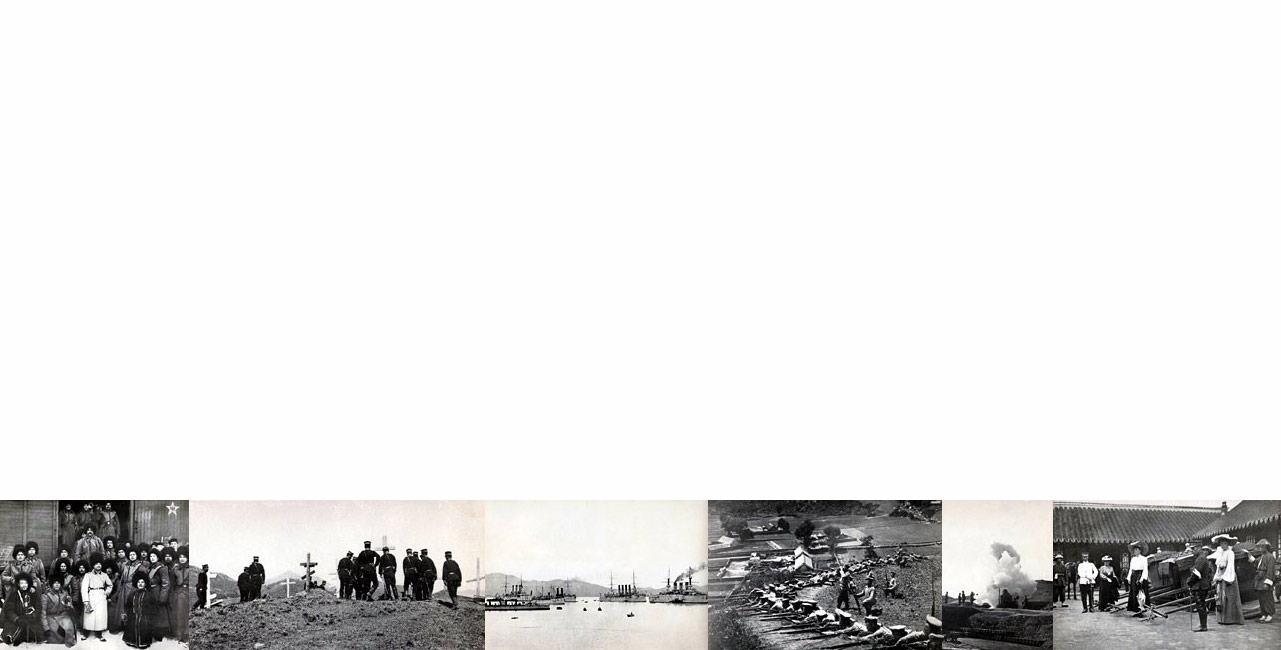
Technologically, the Russo-Japanese War was a watershed. 50 years after Commodore Perry’s “black ships” forced Japan’s leaders to open the country to foreign relations, the new nation’s modern army and navy took on Tsarist Russia, one of the Western powers that followed Perry’s mission and forced Japan to agree to humiliating “unequal treaty” provisions. In 1904 and 1905, journalists and military specialists from around the world flocked to northeast Asia to observe the titanic clashes that took place between Japanese and Russian forces.
Japan’s victories on land and sea were stunning to behold: Japanese who had been children when Perry intimidated their country with the first steam-driven gunboats ever seen in Japan were able to witness the nation’s triumph as a major military power.
Technology also greatly influenced public perceptions of this conflict. In Japan, the outbreak of the war in 1904 marked the beginning of the end of woodblock prints as a major vehicle of “reportage.” Photojournalism—already emerging at the end of the 19th century—quickly became a major medium for depicting the war in newspapers and magazines. Picture postcards—introduced worldwide in the early years of the 20th century—not only enhanced the dissemination of war photographs, but added a great range of other kinds of vividly colored artwork to the oeuvre of popular representations.
The contrast between woodblock prints and photographs as a medium of popular communication is obviously enormous. Where photographs often appear to reflect a cooler sort of “realism” that could still be powerful and moving in its own way, the
decline and eventual disappearance of the more subjective woodblocks removed a certain sort or mode of emotional realism from the scene.
The contrast, in any case, is fascinating to explore. A number of densely illustrated volumes focusing on the Russo-Japanese War were published at the time in the United States and England. The photos reproduced here all come from a typical such volume produced in New York.
This sequence of photographs also appears in the Visualizing Cultures unit Asia Rising. Keep in mind that uncensored war photography can be disturbing to view, even years after the depicted events.

